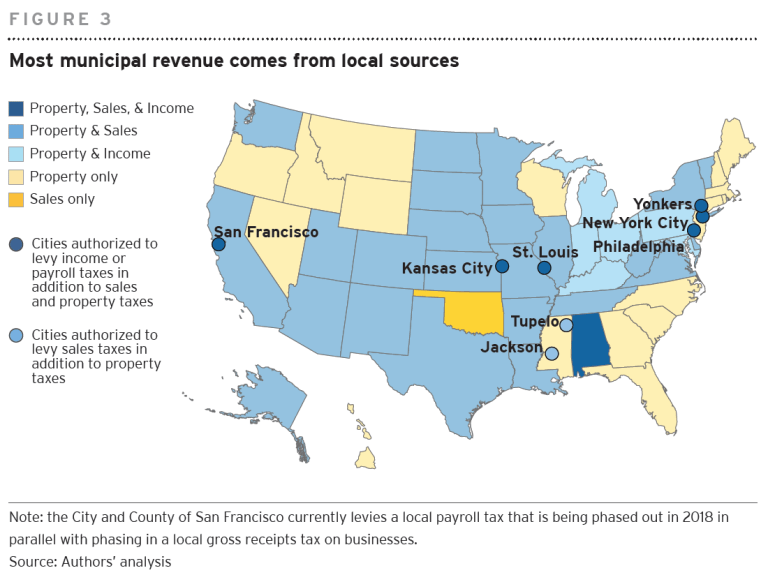My Manhattan Institute colleague Nicole Gelinas has a new study out looking at subway ridership growth, and particularly the changes in traditionally poorer neighborhoods that have fueled much of it. It’s called “New York’s Economic Future Rides on Its Subways.” Here’s an excerpt:
New Yorkers are aware that subway ridership has soared in recent decades, nearly doubling between its modern-day trough in 1977, when 917.2 million people took the train, to its recent peak of nearly 1.8 billion in 2015. But they may not be aware of one of the biggest identifiable reasons that it has soared. New York’s once-poorest neighborhoods, where joblessness and estrangement from the working world was the norm, have added record numbers of people to the labor force since 1990, and these new lower- and middle-income workers are disproportionately dependent on the subway system to get them to and from work.
To be sure, many factors have contributed to subway growth in the modern era. As crime has declined since the early 1990s, the city’s population has grown to a record high, from 7.1 million in 1980, the city’s nadir, to 8.6 million people today. New York’s economy has thrived over the past four decades, with private-sector jobs reaching a peak of 3.9 million this March, up nearly 40% from 2.8 million in 1980. Tourism has steadily broken records each year since the 1990s, with 62.8 million visitors in 2017, well more than double the 25.3 million people who came in 1990, adding to ridership.
Finally, starting in the 1980s, New York invested billions of dollars in public money to rebuild its deteriorated transit infra structure, inviting more riders with more reliable service. In 1998, the introduction of the unlimited-ride monthly MetroCard enabled New Yorkers to increase their usage of this sturdier system without paying extra money per trip.
Yet subway ridership has not grown evenly across the city, nor has it grown fastest where jobs and tourism are concentrated. One commonality stands out among a myriad of contributors to growth. As the number and share of New Yorkers in the labor force have grown, the number and share of those workers who rely on mass transit—especially the subway system—to get to where the jobs are have also grown.
Click through to read the whole thing.
Another interesting study is also out from Michael Pagano and Christopher Hoene at Brookings. They take a look at how state laws create different fiscal systems for municipalities in terms of revenue sources and spending limits.
Here’s a chart of local source revenue streams:

from Aaron M. Renn
http://www.urbanophile.com/2018/07/19/new-yorks-economic-future-rides-on-its-subways/
No comments:
Post a Comment